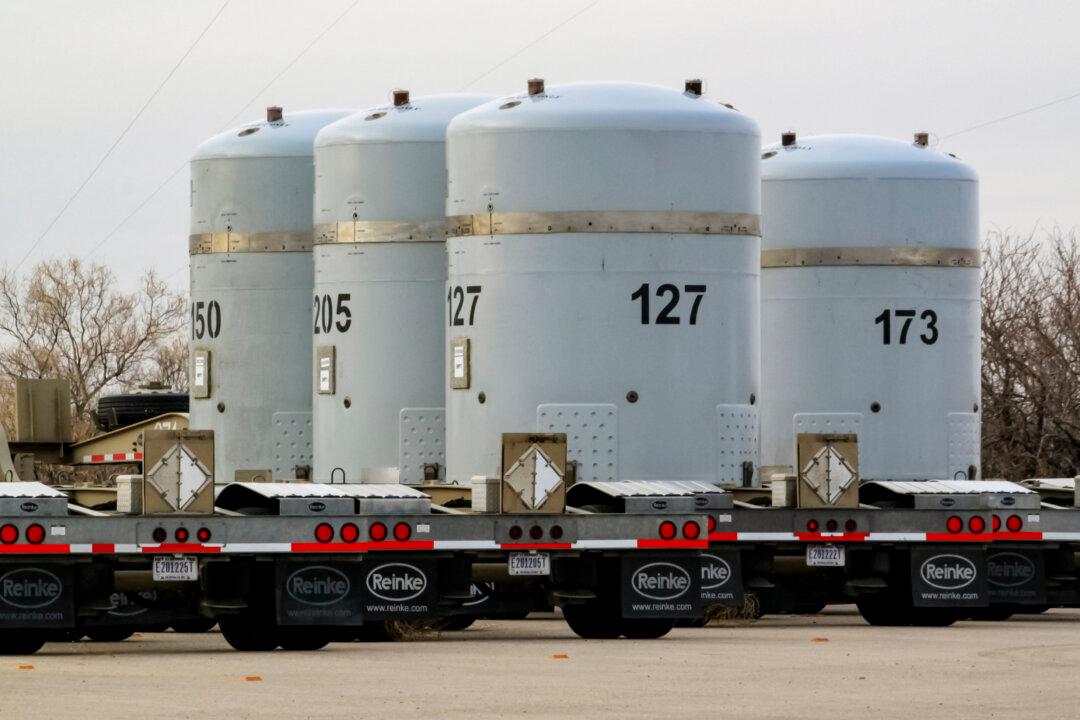The Problem
Nuclear energy produces nearly 20 percent of our electricity. The fuel used to run our reactor fleet loses its intensity over time. That used, but not yet depleted, fuel is called Used Nuclear Fuel (UNF). There are 90,000 metric tons of UNF currently stored at reactor sites across 39 states in America, including approximately 4,000 metric tons in my home State of Texas.In 1982, the federal government was made responsible by an act of Congress for removal and disposal of UNF from reactor sites, and has collected over $20 billion from reactor owners to pay for disposal of UNF. To date, the government has not removed any significant quantity of UNF from any site anywhere in America, including Texas, nor is there a current plan to do so.
As Secretary of Energy under President Trump’s first term, it became clear that any plan to move tonnage of UNF required some practical consent of the receiving state and local community, even if legal consent was not required by the 1982 Act.
The Solution
We should rethink our approach. There are options we should consider other than storage of UNF, either temporarily on an interim basis or permanently. Our country should explore taking an entirely different path to achieve our ultimate goal: the removal of UNF from reactor sites. Recycling UNF makes much more sense than permanent storage and creates an energy source that is needed and currently unused.The technology for recycling was first developed in the United States and has been used in France, Japan, Russia, the Netherlands, Australia, Italy, China, Germany, Belgium, and Switzerland. I have personally toured many of these reprocessing facilities in other countries during my term as Energy Secretary.
The United States should establish a recycling policy so that the 90,000 metric tons of UNF in the country can be recycled and fabricated into mixed oxide fuel (“MOX fuel”). The resulting MOX fuel can be used in nuclear reactors to create reliable and clean energy.
Through establishing a recycling policy, the following four problems would be solved, and create economic opportunities:
First, the United States can solve the national problem of moving UNF away from reactor sites as it is obligated to do. Second, the U.S. can restart the discontinued payment program of the nuclear utilities for the removal of the UNF so that the Treasury can be replenished at the rate of $2 billion annually. Third, the concern of interim or long-term storage of UNF near our population centers is also addressed. Finally, MOX fuel can replace the 20 percent of U.S. nuclear fuel currently purchased from Russia.
The adoption of such a policy will create jobs and much needed energy for the grid as demand for energy skyrockets. Today, MOX fuel is widely used in Europe and Japan in their nuclear reactor fleet. America is behind its industrial neighbors in the treatment of UNF and needs to catch up.
Sometimes the greatest problems have simple and already discovered solutions.



